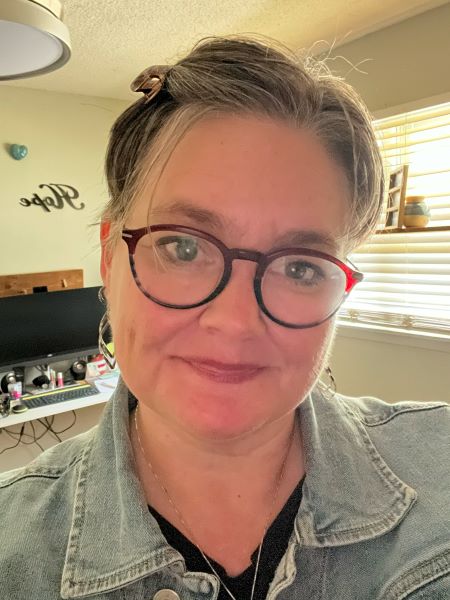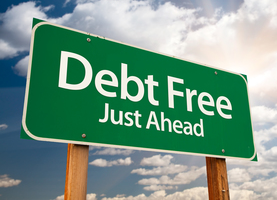by Hope
—written from the eye of the storm, not the finish line
I’ve shared a lot of my journey on here Blogging Away Debt—the plans, the pivots, the big decisions. But right now? I’m not in one of those big, dramatic, payoff-celebration moments. I’m in the slump and have been for months.
You know the one. The part where the debt numbers aren’t really moving, the progress is invisible, and everything is riding on one giant domino falling: selling the house.
Right now, every bit of energy, time, and money is going toward getting the house sold. Every bit of extra and even some not extra has gone to electricians, painting, cleaning supplies, new light switch covers, new outlet covers, maintaining the yard, and so much more. The list just goes on and on. My bank account is definitely not celebrating. My debt tracker hasn’t budged. I’m working constantly, but financially, I’m just standing still.
That stillness is deafening. It’s filled with anxiety, doubt, and this exhausting pressure to keep believing that something better is coming—even though I can’t see it yet.
Financial Relief
But here’s what keeps me moving: I know what selling the house will do for me.
Once it’s sold, the pressure comes off—financially and emotionally. That single transaction will be the reset button I desperately need. It’s not just a house. It’s equity. It’s opportunity. It’s the start of a clean slate that doesn’t smell like contractor dust and mental fatigue.
It will give me the resources to finally knock out a massive chunk off my debt. It will give me room to breathe. Room to dream, even. I’ll have the space to actually chase work opportunities, not just cling to whatever gig will pay the fastest. I’ll be able to choose what’s next—not just what’s least expensive.
The Next Chapter
It’s also the first page of a new chapter-one where I’m not dragging behind the weight of a house that doesn’t serve me anymore. It’s freedom in a really tangible, grown-up way. Not the glossy “quit your job and travel” freedom. But the real kind: stability, mobility, and a shot at becoming someone new.
But for now? I’m still in it. Still hustling. Still waiting. And trying to remind myself—this slump doesn’t mean failure. It’s just the middle part. The hard part. The part no one glamorizes because it’s not cute. But it matters.
So if you’re in the slump too, I see you. And I promise: stillness doesn’t mean nothing’s happening. Sometimes it’s just the pressure building before the breakthrough.
Don’t let the silence convince you the story’s over.

Hope is a resourceful and solutions-driven business manager who has spent nearly two decades helping clients streamline their operations and grow their businesses through project management, digital marketing, and tech expertise. Recently transitioning from her role as a single mom of five foster/adoptive children to an empty nester, Hope is navigating the emotional and practical challenges of redefining her life while maintaining her determination to regain financial control and eliminate debt.
Living in a cozy small town in northeast Georgia with her three dogs, Hope cherishes the serenity of the mountains over the bustle of the beach. Though her kids are now finding their footing in the world—pursuing education, careers, and independence—she remains deeply committed to supporting them in this next chapter, even as she faces the bittersweet tug of letting go.
Since joining the Blogging Away Debt community in 2015, Hope has candidly shared her journey of financial ups and downs. Now, with a renewed focus and a clear path ahead, she’s ready to tackle her finances with the same passion and perseverance that she’s brought to her life and career. Through her writing, she continues to inspire others to confront their own financial challenges and strive for a brighter future.

